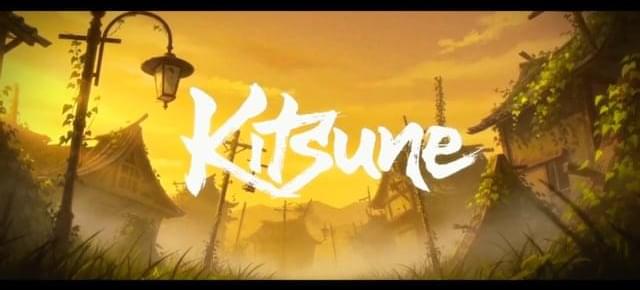Go to https://porkbun.com/EventHorizonBun to get $1 off your next desired domain name at Porkbun!
Why is there something rather than nothing? Robert Lawrence Kuhn, creator of Closer To Truth, joins John Michael Godier to explore one of the most profound questions in science and philosophy. The discussion moves through materialism, idealism, panpsychism, and quantum perspectives, asking whether consciousness is merely a byproduct of evolution or a fundamental aspect of reality, and what that could mean for the universe, artificial intelligence, and the nature of mind. Kuhn discusses his recent paper, A Landscape of Consciousness: Toward a Taxonomy of Explanations and Implications, which maps the full range of consciousness theories and explores their broader significance.
Links:
Closer to Truth.
https://www.youtube.com/c/CloserToTruthTV
A landscape of consciousness: Toward a taxonomy of explanations and implications by Robert Lawrence Kuhn https://www.sciencedirect.com/science/article/pii/S0079610723001128?via%3Dihub.
Seeing the consciousness forest for the trees by Àlex Gómez-Marín.
https://iai.tv/articles/seeing-the-consciousness-forest-for-the-trees-auid-2901
00:00:00 Introduction to Robert Lawrence Kuhn and consciousness.









